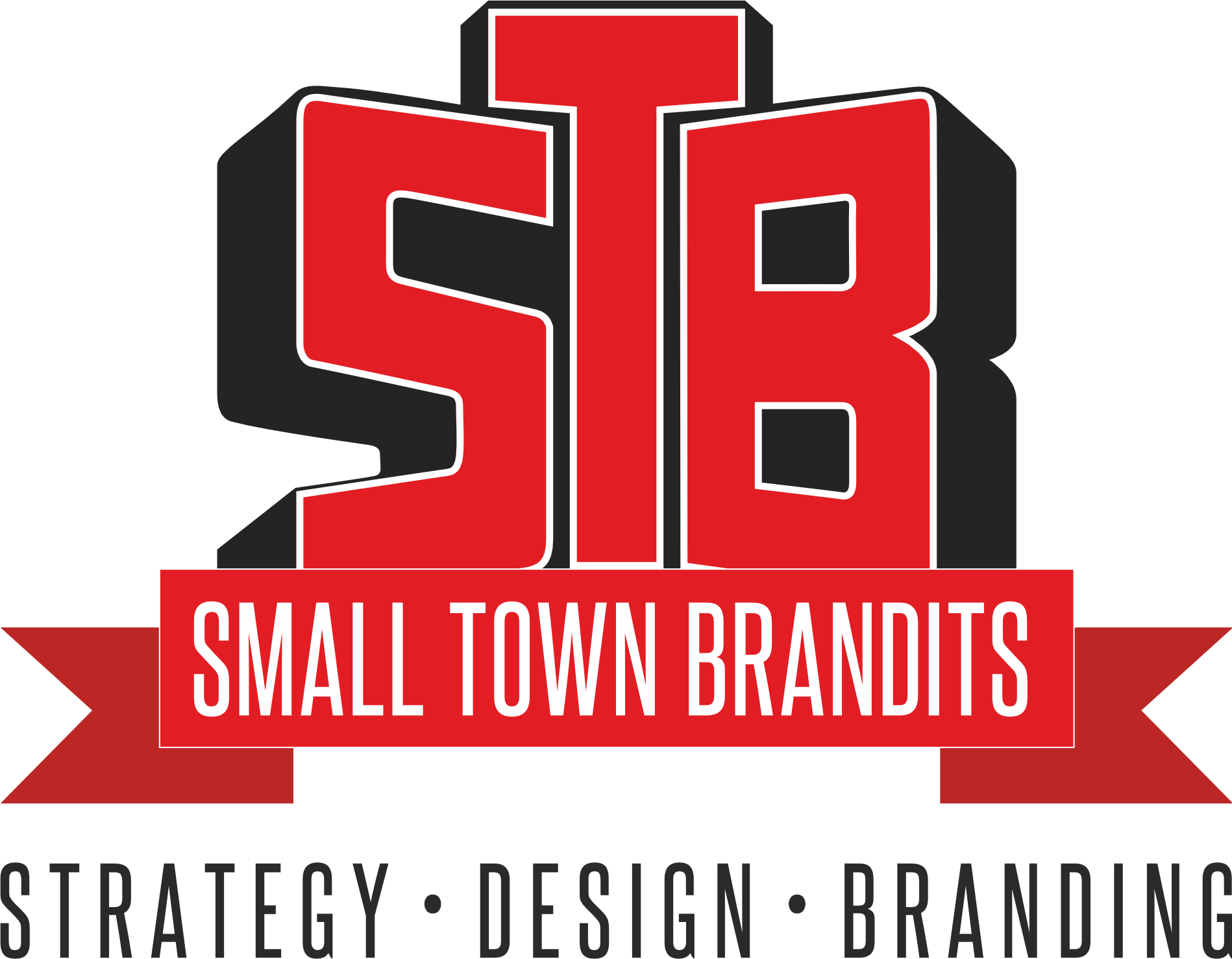
The Ultimate Guide to Integrated Marketing for Modern Brands
Today, people interact with brands in many ways, like on social media, email, and in person. Using separate marketing tactics can lead to mixed messages and wasted money—integrated marketing changes this by linking all touchpoints into one story.
This guide focuses on advanced strategies and real examples. It shows how to turn scattered efforts into strong, unified campaigns that lead to real results.
Key Takeaways
- Integrated marketing unifies all channels to create a consistent brand narrative.
- Fragmented campaigns risk alienating audiences and squandering marketing budgets.
- Advanced strategies require data alignment and cross-channel coordination to succeed.
- Actionable frameworks in this guide show how to bridge gaps between digital and traditional channels.
- Modern brands must prioritize cohesive messaging to build trust and outperform competitors.
The Evolution of Integrated Marketing in Today’s Digital Landscape
Marketing has changed from separate campaigns to smooth customer journeys. Before, teams worked alone: print ads, email, and social media were separate. Now, integrated marketing makes brands more connected.
From Traditional Silos to Connected Experiences
In the early 2000s, marketing was all about single channels. For example, Coca-Cola managed TV, radio, and in-store ads without a plan. Today, Nike connects its messages across apps, social media, and stores.
Why Channel Fragmentation Demands Integration
Now, people touch 5–7 points before buying (Gartner, 2023). Mixed messages confuse customers. Adobe found that 63% of shoppers leave if their experiences don’t match. Integrated marketing ensures that every touchpoint supports the brand.
The Business Impact of a Unified Approach
| Metric | Non-Integrated Brands | Integrated Brands |
| Conversion Rate | 12% | 23% |
| Customer Retention | 34% | 68% |
| ROI Lift | N/A | 2x higher |
According to Salesforce, integrated campaigns increase customer value by 22%. Sephora’s unified loyalty programs across apps, websites, and stores boost engagement by 40%.
“Fragmentation is the enemy of modern branding.” – Forrester Research, 2023
Key Takeaways:
• Silos limit growth; integration brings alignment.
• Mixed strategies waste 38% more in ads.
• Unified campaigns cut customer loss by 19%.
Integrated Marketing Communication: Core Principles That Drive Results
Effective integrated marketing communication (IMC) is built on three key principles. These principles help brands match their strategy with what people expect. They also keep everything working together smoothly.
- Message Hierarchy: Focus on 3-5 main brand promises to guide all content. For example, Nike’s “Just Do It” message ties together ads, social media, and packaging.
- Contextual Adaptation: Keep the brand voice but adjust how you share it. A Nielsen Norman Group study found people remember 40% more when messages fit the platform.
- Organizational Alignment: Working together across departments helps avoid duplication. 78% of Fortune 500 companies use shared IMC playbooks to keep teams on the same page.
| Principle | Framework Example | Action Step |
| Message Consistency | Brand Equity Pyramid Model | Map core messages to every touchpoint audit |
| Audience-Centric Design | Persona-Driven Content Grid | Conduct quarterly audience preference surveys |
| Operational Synergy | Agile IMC Workflows | Implement weekly cross-team syncs |
“Integrated campaigns achieve 23% higher ROI when principles are applied systematically.” – Harvard Business Review, 2023
Using these frameworks helps avoid a creative mess. Begin with a brand message audit using tools like SEMrush’s content gap analyser. Monitor metrics like cross-channel click-through rates to see how you’re doing. Remember, IMC is more than just coordination. It’s about strategically planning every interaction with your customers.
Developing a Cohesive Brand Voice Across Touchpoints
Creating a unified brand voice is key for integrated marketing success. Begin with a brand audit to find messaging gaps. Get our free consistency checklist to check visual, verbal, and experiential elements across all channels.
Auditing Your Current Brand Consistency
- Check logos, colors, and typography for visual alignment
- Look at tone, jargon, and taglines for verbal cohesion
- Track customer service interactions for experiential consistency
Use our 10-point scoring matrix to find areas for improvement.
Creating Message Architecture That Scales
Build a scalable message framework with these core layers:
- Core pillars: Define 3-5 unchanging brand truths
- Adaptable messaging: Create modular phrases for different audiences
- Channel templates: Pre-approved language for sales, social, and service teams
Balancing Consistency with Channel Optimization
Starbucks keeps its brand while adapting with:
- Casual Instagram stories vs formal annual reports
- Regional menu items that align with core values
“Brands that adapt without compromising identity grow 3x faster,” says Forrester Research.
Apply platform-specific guidelines while keeping core messages intact. Use tools like Brandfolder to track voice consistency across 20+ touchpoints. Regular audits ensure integrated marketing efforts stay aligned with brand identity.
Strategic Framework for IMC Marketing Implementation
Effective IMC marketing is not just about theory. It needs accurate, actionable plans. Start with a 360-degree planning process. This maps out customer journeys and aligns every touchpoint with your brand’s core goals.
The 360-Degree Planning Process
First, audit your audience data to find out what drives their decisions. Use a special planning canvas to outline your messaging, channels, and how they connect. For example, a retail brand might link email campaigns to in-store promotions through shared visual motifs and discount codes.
Stakeholder Alignment Techniques
Create teams that work together using RACI models to define roles. Host workshops where marketing, sales, and product teams collaborate to design campaign phases. Use digital boards for updates. A blockquote from a CMO: “Our RACI framework cut siloed decisions by 40%.”
Budget Allocation Strategies
Use customer journey mapping to decide where to spend your budget. Formulas like Integration Premium = (Channel A ROI + Channel B ROI) x 1.2 help show the benefits of combining efforts. Spend 30% of your budget on key integration points, like social ads and influencer partnerships.
- Launch a 360-planning workshop within 30 days
- Implement RACI matrices for all campaigns
- Test integration premiums on low-budget channels first
Key takeaways: Use visual tools, measure cross-channel impact, and budget based on customer paths. Every dollar in IMC marketing integration should boost campaign reach.
Channel Orchestra: Harmonizing Digital and Traditional Media
Integrated marketing communications work best when channels work together like a symphony. Brands like Nike and Coca-Cola use signal amplification to get their message out across different platforms. For instance, a TV ad might lead viewers to scan a QR code, starting a digital journey that expands the campaign’s impact.
Advanced strategies involve finding integration points where channels boost each other. A common method is using connected TV ads to target people who received direct mail. This approach can increase conversions by 27% (Source: Nielsen 2023).
“The best campaigns don’t just align messages—they create moments where channels teach audiences to expect the next touchpoint,” said Sarah Lee, Director of Cross-Channel Strategy at Procter & Gamble.
- QR codes 2.0: Dynamic QR codes update content based on user location or past interactions
- Mobile-OOH synergy: Billboards with Bluetooth beacons push personalized offers to nearby smartphones
- TV-social listening: Real-time Twitter sentiment analysis adjusts live TV ad messaging mid-campaign
| Channel Pair | Integration Strategy | Impact Example |
| Print + Social Media | Magazine ads with hashtag campaigns driving Instagram UGC | 300% engagement lift in Gucci’s 2023 campaign |
| Radio + Email | Podcast listeners receive tailored emails with promo codes mentioned on-air | 22% higher CTR for Spotify’s 2022 holiday series |
Effective channel orchestration needs precise timing. A HubSpot study found campaigns with 4+ synchronized channels have 2x higher ROI than single-channel efforts. Brands like Red Bull mix extreme sports broadcasts with mobile ads near events, creating memorable experiences that strengthen brand identity.
Data Integration: The Backbone of Successful Integrated Marketing Communications
Data is key in today’s marketing world. But broken systems often hide the truth from brands. For integrated marketing communications to work, data must flow freely. This shows how customers behave and what campaigns do.

Customer Data Platforms for Unified Insights
Customer Data Platforms (CDPs) are the heart of integrated marketing communications. They merge data from many sources into one profile, allowing brands like Adobe Experience Platform and Segment to create campaigns that really speak to their audience.
Attribution Modeling Across Channels
- Multi-touch attribution examines how each part of a customer’s journey affects them.
- Marketing mix modeling mixes online and offline data to see how each channel helps make money.
- Incrementality testing checks how much a campaign adds to sales by comparing it to other times.
A 2023 Forrester study found that using multi-touch attribution boosted ROI by 22% on average.
Privacy-Compliant Data Strategies
“Privacy must be embedded into data strategies from day one.” – Privacy International Report 2024
Using privacy-by-design ensures that brands follow laws like GDPR and CCPA. Big names like Unilever focus on collecting their data through loyalty programs. Tools from OneTrust help keep things clear and helpful.
Data becomes the glue for effective integrated marketing communications by matching tech, tracking, and ethics.
Measurement Framework: Proving the Value of Your Integrated Approach
It shows that the ROI of IMC marketing is more than just numbers. Today’s IMC plans need to track how different channels work together. Use metrics like “halo effect tracking” to see how social media affects search ads or how email boosts event turnout.
- Use attribution modeling: Give credit to all touchpoints using time-decay or algorithmic models to avoid siloed insights.
- Test with control groups: Run A/B campaigns in which one segment receives separate messages and the other a unified IC approach. Compare conversion rates to see the impact of integration.
- Build a unified dashboard: Combine analytics tools like Google Analytics and CRM data into one view. MarketingProfs offers free templates for tracking cross-channel KPIs.
“Brands using integration metrics see 30% higher leadership buy-in for IMC campaigns.” — 2023 CMO Council Report
Track both small and big results. Small results include things like website clicks, and big results include how people feel about your brand. Use tools like Adobe Analytics or Tableau to show trends. For example, Procter & Gamble cut ad spend overlap by 18% with a unified system, as reported in its 2022 sustainability report.
Begin small: test measurement systems on campaigns with clear goals. Change metrics every quarter based on feedback. Being open with data builds trust, making imc marketing strategies more effective.
Transformation Case Studies: Brands That Mastered the Integrated Marketing Challenge
Real-world examples show how brands use integrated marketing communication to grow. These stories share strategies that work across different industries and budgets.

B2B Success Stories and Takeaways
IBM used AI to connect with sales teams, boosting qualified leads by 30%. Salesforce mixed live events with digital ads, increasing engagement by 25%. Both focused on teamwork to make sure messages were clear across all teams.
Consumer Brand Integration Examples
Burberry changed from separate campaigns to a single, all-encompassing strategy. They combined social media, pop-up stores, and AR, raising online sales by 40%. Casper Sleep grew its brand through influencers and sleep labs, seeing e-commerce sales jump 200% in a year.
Small Business Integration on Limited Budgets
A bakery in Austin paired local radio with Facebook ads, boosting foot traffic by 50%. They also reused blog content for emails and Instagram, cutting ad costs by 30% and reaching more people.
| Brand | Strategy | Result |
| IBM | AI-driven messaging across sales and marketing | 30% more qualified leads |
| Burberry | Omnichannel campaigns blending digital and physical touchpoints | 40% online revenue growth |
| Austin Bakery | Local radio + social media repurposing | 50% traffic increase, 30% cost reduction |
- Align cross-department goals to avoid messaging fragmentation.
- Repurpose content across channels to maximize budget impact.
- Track channel interactions holistically using attribution models.
Conclusion: Elevating Your Brand Through Strategic Integration
Integrated marketing is not just a project—it’s a way of thinking. Brands like Starbucks and Nike show consistency across all platforms builds loyalty. With the rise of voice assistants and AI, keeping your message clear is more important than ever.
Companies using tools like Adobe Experience Cloud or Salesforce Marketing Cloud see big improvements. They use data to make sure everything works together smoothly.
Every brand needs to check how well they’re doing in integration. Are your social, email, and in-store messages all the same? Do your teams work well together? The best brands in 2024 are constantly improving their strategies.
Start by looking for any gaps in your messaging. Spend your money on the places where your customers are most active. This could be TikTok ads or personalized emails.
Integration is not just about technology or money. It’s about how your team works together. Companies like Coca-Cola and HubSpot show that even small businesses can be big players when everyone is on the same page.
As customers want seamless experiences, brands that don’t adapt risk falling behind. The future belongs to those who mix technology with creativity, making every interaction count.
What will make tomorrow’s leaders stand out? They can use data wisely and stay flexible. Ask yourself: Is your strategy ready to change as fast as your customers’ needs? The key to success is asking the right questions and acting fast.
FAQ
What is Integrated Marketing Communication (IMC)?
Integrated Marketing Communication (IMC) combines all marketing messages across different channels. It includes ads, public relations, sales promotions, and direct marketing. This way, brands tell a single story that connects with their audience.
Why is integrated marketing communication important for brands today?
Today, people see brands through many channels. IMC helps brands speak clearly and consistently. It makes customers happy, builds trust, and boosts campaign success. Without it, brands can confuse people and lose out on profits.
How can brands effectively implement IMC marketing strategies?
First, brands should check their marketing to see if it’s consistent. Then, they need to plan messages that fit their audience and channels. It’s also key to work together across teams to make sure everyone is on the same page.
What are some successful examples of integrated marketing communications?
Burberry mixed digital and physical marketing to revamp its image. IBM used various channels for its cognitive business campaigns. These examples show how well-planned coordination can boost a brand’s image and connect with customers.
How do data integration and analytics support IMC marketing?
Data helps brands talk to customers in a personal yet consistent way. Analytics, like attribution modeling, show how well campaigns work. This info helps brands improve their marketing based on what customers do.
What challenges do brands face with integrated marketing communications?
Brands struggle with different departments working alone, limited budgets, and managing many channels. They also face the challenge of using customer data while following privacy rules.
How can small businesses implement IMC marketing on a budget?
Small businesses can use local media and digital strategies to save money. They can engage with their community and use social media to spread their message. This way, they can reach people without spending a lot.






